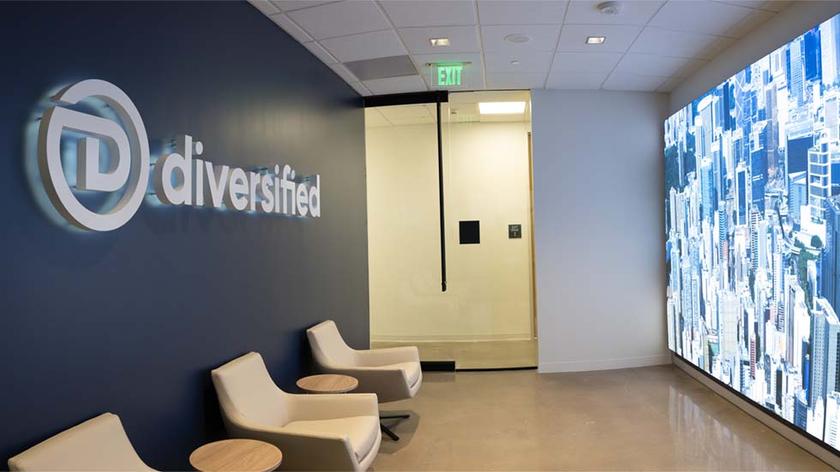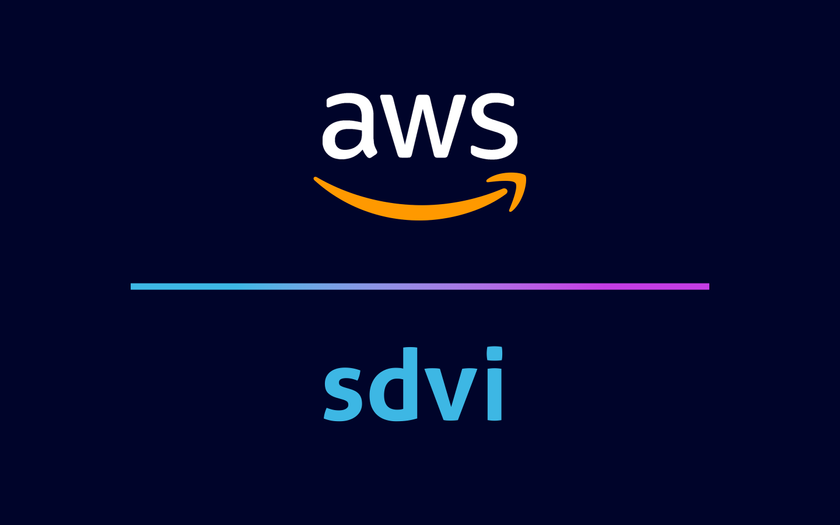Comprimato Introduces SaaS Framerate Conversion
The new cloud-based service offers an alternative to the expense of using hardware converters

BRNO, Czech Republic—Encoding and transcoding software specialist Comprimato has unveiled an on-demand live framerate conversion solution as a cloud service for live broadcast.
The new offering is intended as a alternative to high-quality, motion-compensated real-time conversion requiring expensive hardware, the company said.
The company worked with motion-compensated-processing specialist InSync Technology to develop an uncompromising software alternative that runs on standard hardware and thus can be readily spun up in the cloud as needed, it said.
The result is a Comprimato Software-as-a-Service (SaaS) solution for framerate conversion, offering different business models to match user needs, including paying by the hour. The service offers broadcasters and production companies needing to move signals between 50 fps and 59.94 fps territories an alternative to traditional approaches, it said.
Integration with Comprimato’s encoding and transcoding services means that signals from a venue can be encoded in any format, including JPEG-XS, JPEG2000, H.264 or NDI, then as a cloud SaaS processed and delivered to any destination worldwide, ready for broadcast, it said.
“This really does transform the market,” said Jiri Matela, CEO of Comprimato. “Broadcasters and producers just need to budget modest fees for signal processing when they need it, rather than invest six-figure sums in specialist hardware. It means more feeds and services can be carried from major events, and perhaps even more exciting it means sports and entertainment which could not justify the cost of live international broadcasting in the past can now step up alongside the biggest players.”
More information is available on the company’s website.
Get the TV Tech Newsletter
The professional video industry's #1 source for news, trends and product and tech information. Sign up below.
Phil Kurz is a contributing editor to TV Tech. He has written about TV and video technology for more than 30 years and served as editor of three leading industry magazines. He earned a Bachelor of Journalism and a Master’s Degree in Journalism from the University of Missouri-Columbia School of Journalism.













